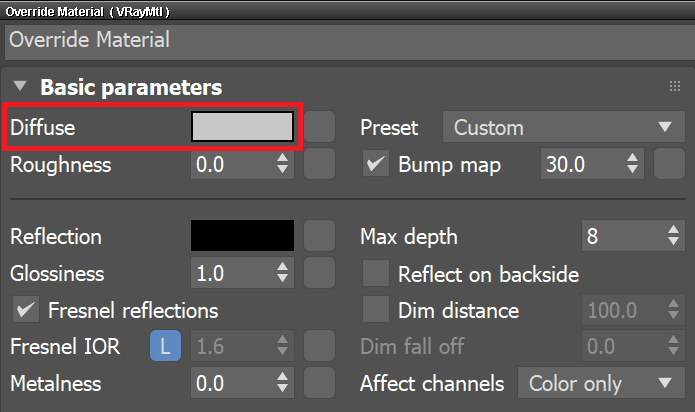Page History
...
| Section | ||||||||||||||||||||
|---|---|---|---|---|---|---|---|---|---|---|---|---|---|---|---|---|---|---|---|---|
|
...
The first render is quite dark. Let's see how to brighten it up, while aiming at a quick preview render.
...
| Section | |||||||||||||||
|---|---|---|---|---|---|---|---|---|---|---|---|---|---|---|---|
|
...
You still have the same amount of light entering the scene, but it is bounced around more and this increases the overall brightness of the scene.
...





